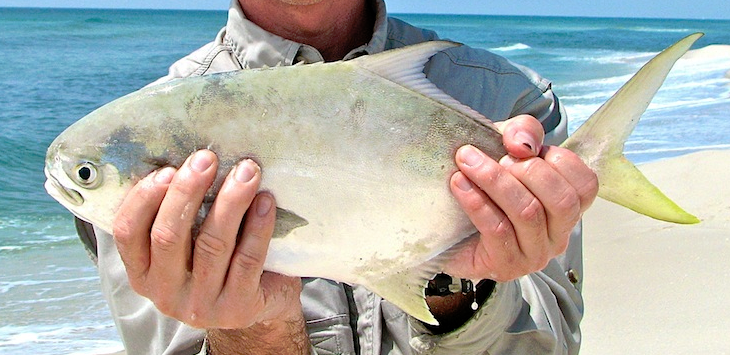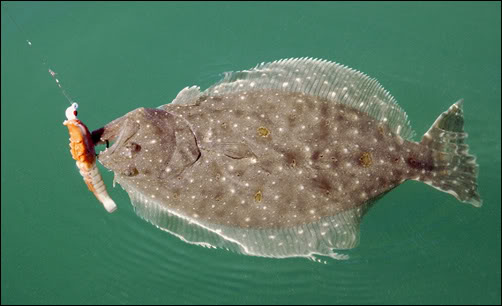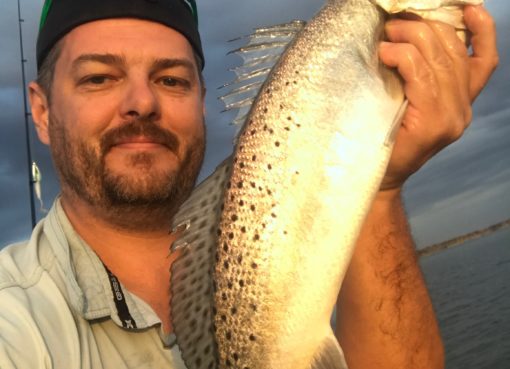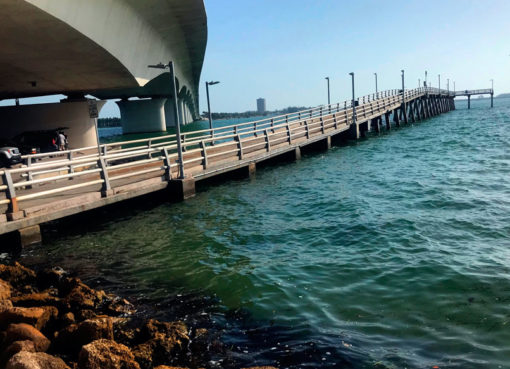Pompano fishing is a popular pastime in Florida, especially in the surf. Pompano is a species of fish that is prized for its firm, white meat and sweet flavor. These fish are commonly found in the surf zone along the beaches of Florida, where they feed on sand fleas and other small crustaceans. In this article, we will discuss the basics of catching pompano in the Florida surf, including the equipment, bait, and techniques used by experienced anglers.
Pompano Fishing Equipment
To catch pompano in the Florida surf, you will need a few key pieces of equipment. First and foremost, you will need a surf fishing rod. These are longer and more flexible than conventional fishing rods, allowing you to cast your bait farther out into the surf. A good surf fishing rod should be at least 8-10 feet long and have a fast action.
You will also need a spinning reel that is designed for saltwater fishing. Look for a reel that has a high line capacity and a smooth drag system. The drag system is especially important when fishing for pompano, as these fish are known for their strong, fast runs.
In addition to the rod and reel, you will need a few other pieces of gear. A fishing line with a test strength of 8-12 pounds is ideal for pompano fishing in the surf. You will also need a few weights, or sinkers, to help your bait sink down to the bottom where the pompano are feeding. Egg sinkers or pyramid sinkers are commonly used for surf fishing.
Bait to use when Fishing for Pompano in the Florida Surf
One of the keys to successful pompano fishing in the Florida surf is using the right bait. Sand fleas, or mole crabs, are the preferred bait for pompano. These small crustaceans are found in abundance in the sand along the beaches of Florida. They can be caught using a sand flea rake or purchased from a local bait shop.
Another popular bait for pompano is shrimp. Fresh or frozen shrimp can be used, but fresh is always preferred. Look for shrimp that still have the head and shell intact, as these will have a stronger scent and attract more fish.
Other baits that can be effective for pompano include clams, mussels, and squid. These baits are usually fished on a two-hook rig, with one hook baited with a small piece of the bait and the other hook left bare to increase the chances of a hook-up.
Pompano Fishing Techniques
Once you have your equipment and bait, it’s time to hit the surf and start fishing. Here are some tips and techniques that will help you catch more pompano in the Florida surf:
Look for the right conditions
Pompano tend to feed in the surf zone when the water is calm and clear. Look for areas where the waves are breaking gently and the water is not too rough. A rising tide is also ideal, as it brings in fresh bait and triggers the feeding activity of the pompano.
Use the right rig
A simple pompano rig is all you need to catch these fish in the surf. This rig consists of a leader line with two hooks and a weight at the bottom. The weight should be heavy enough to hold the bait in place in the surf, but not so heavy that it drags along the bottom and snags on rocks or other obstructions.
Cast out and wait
Once you have your rig set up and baited, cast it out into the surf and let it settle on the bottom. Pompano are bottom feeders, so you want your bait to be on or near the sand where the fish are feeding. Be patient and wait for the fish to find your bait.
Use a slow retrieve
When retrieving your bait, it’s important to use a slow and steady motion. Pompano are known for their delicate mouths, so it’s important to avoid jerking the line or pulling too hard. A slow retrieve will allow the fish to take the bait without feeling too much resistance.
Pay attention to the tides
As mentioned earlier, a rising tide can be ideal for catching pompano in the surf. But it’s also important to pay attention to the changing tides throughout the day. Pompano tend to feed during the incoming and outgoing tides, so try to time your fishing trip accordingly.
Watch for signs of feeding activity
Pompano are often seen jumping out of the water or chasing baitfish along the shoreline. These are signs of feeding activity, and a good indication that pompano are in the area. If you see this kind of activity, cast your bait in that direction and try to get in on the action.
Move around
If you’re not having any luck in one spot, don’t be afraid to move around and try a different location. Pompano can be found in different areas along the surf, so it’s important to explore different spots until you find the right one.
Final Tips
Here are some additional tips that will help you catch more pompano in the Florida surf:
- Use a fluorocarbon leader line to increase your chances of hooking a pompano. These fish have excellent eyesight and can often spot a fishing line, so a clear leader can make all the difference.
- Check your bait frequently to make sure it hasn’t been stolen by small fish or crabs. Pompano have small mouths, so you want to make sure your bait is still ntact and on the hook.
- Keep your bait moving slightly to attract more fish. A small twitch or jiggle can make all the difference in getting the attention of a hungry pompano.
- Stay aware of your surroundings and be respectful of other anglers on the beach. Surf fishing can be crowded at times, so it’s important to give other anglers plenty of space and not interfere with their fishing.
Conclusion
Catching pompano in the Florida surf can be a rewarding experience for anglers of all skill levels. With the right equipment, bait, and techniques, you can increase your chances of hooking one of these prized fish. Remember to be patient, pay attention to the conditions and tides, and keep your bait moving to attract more fish. With a little practice and persistence, you’ll be well on your way to becoming a successful pompano angler in the Florida surf.





